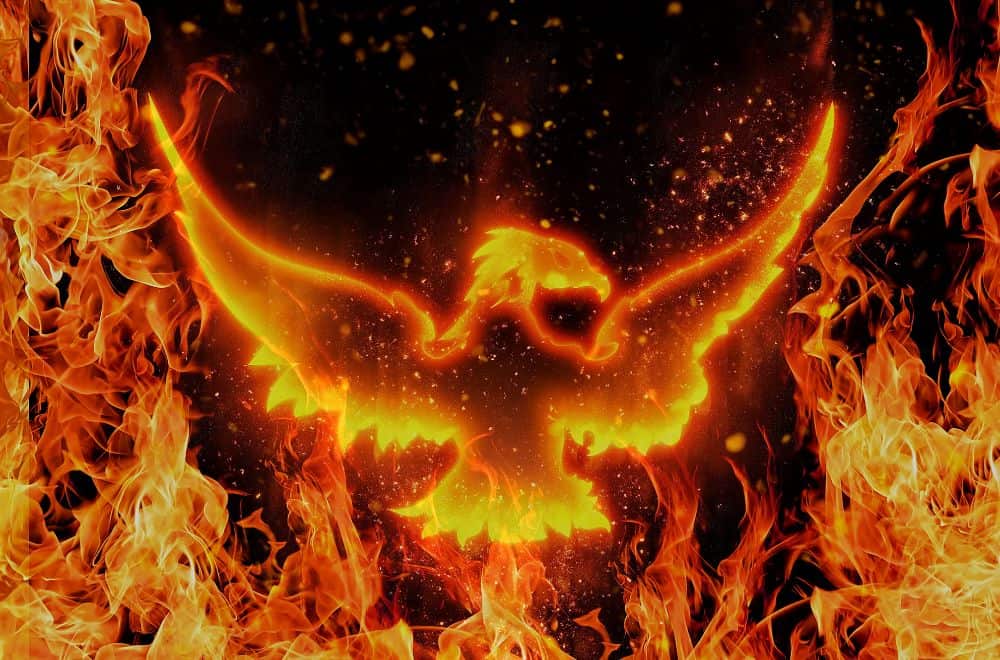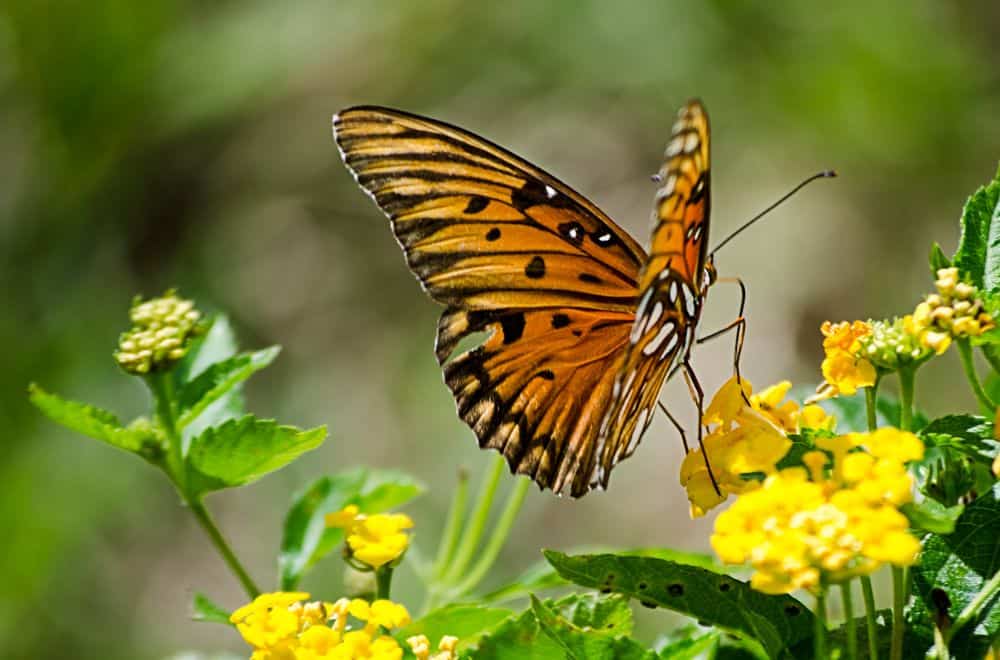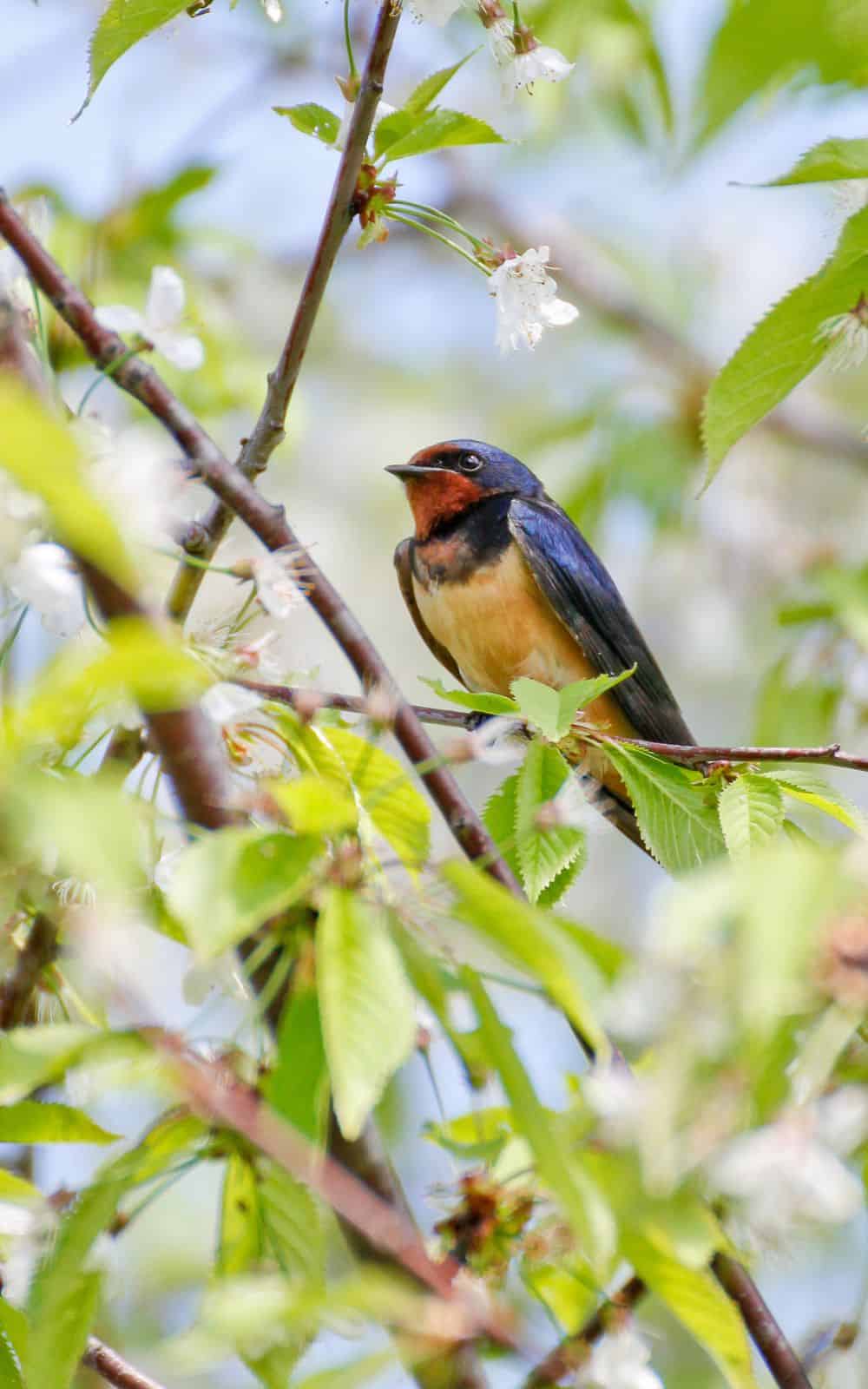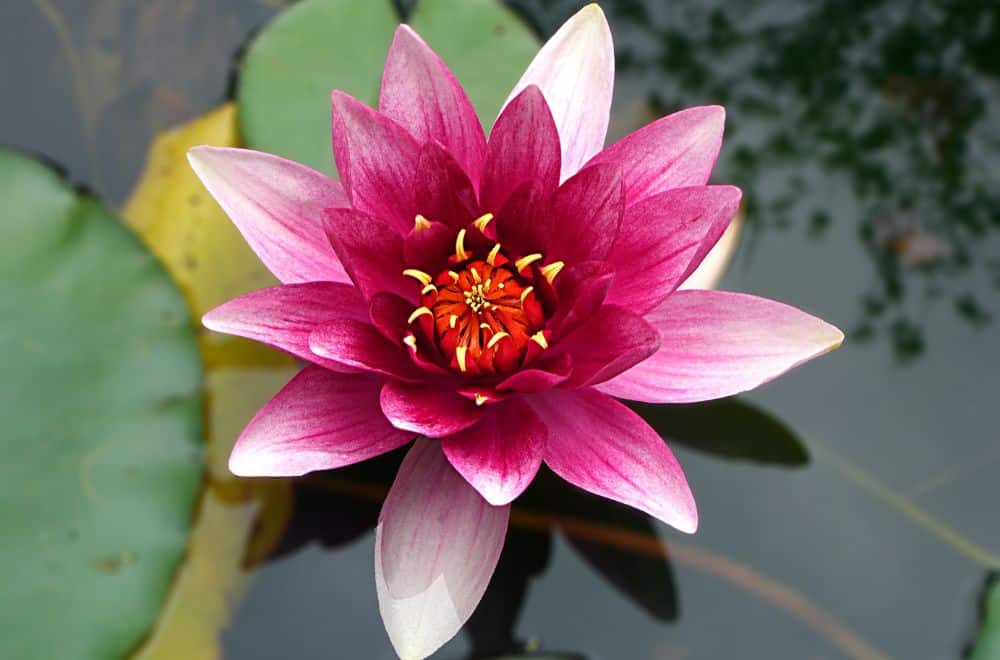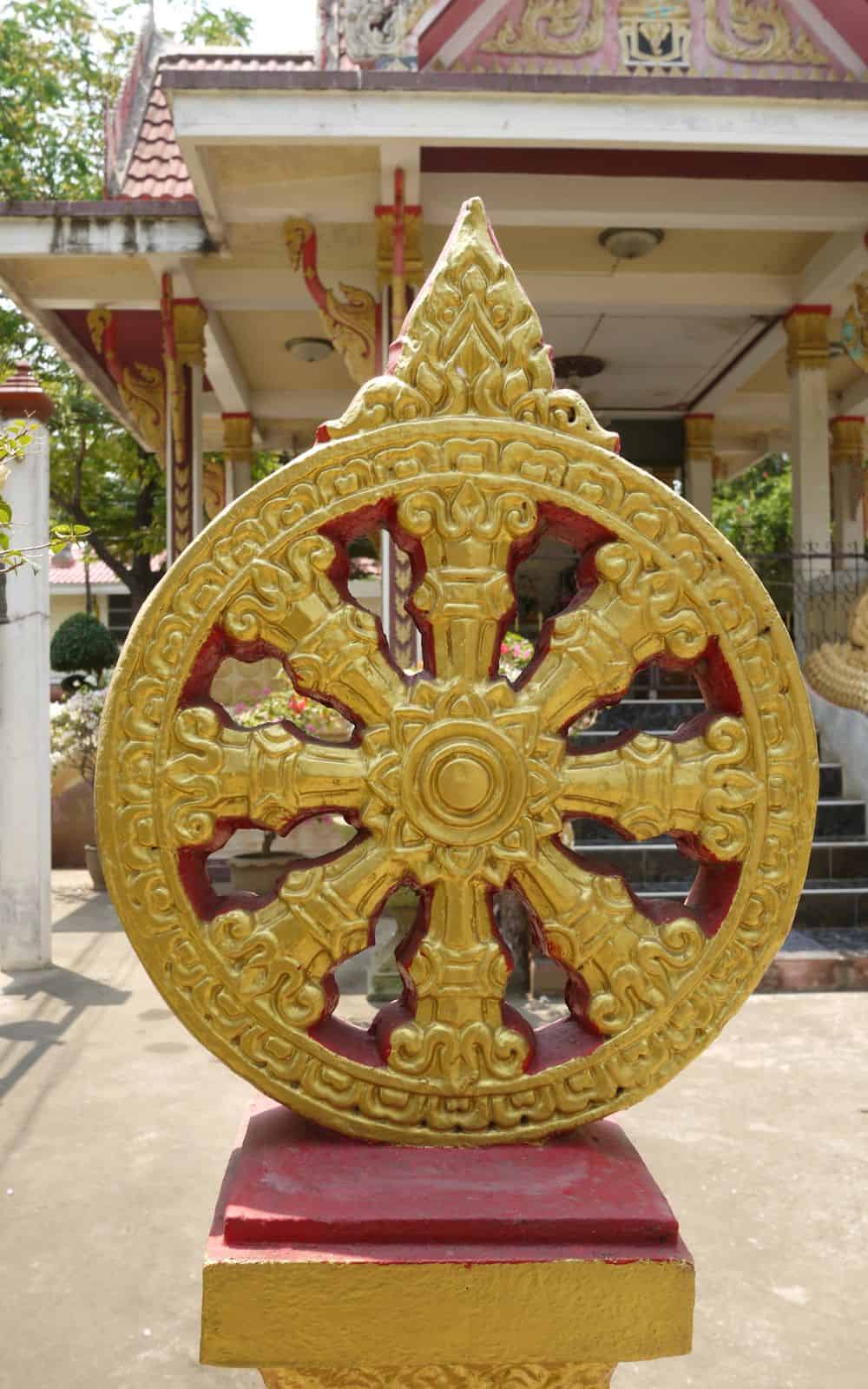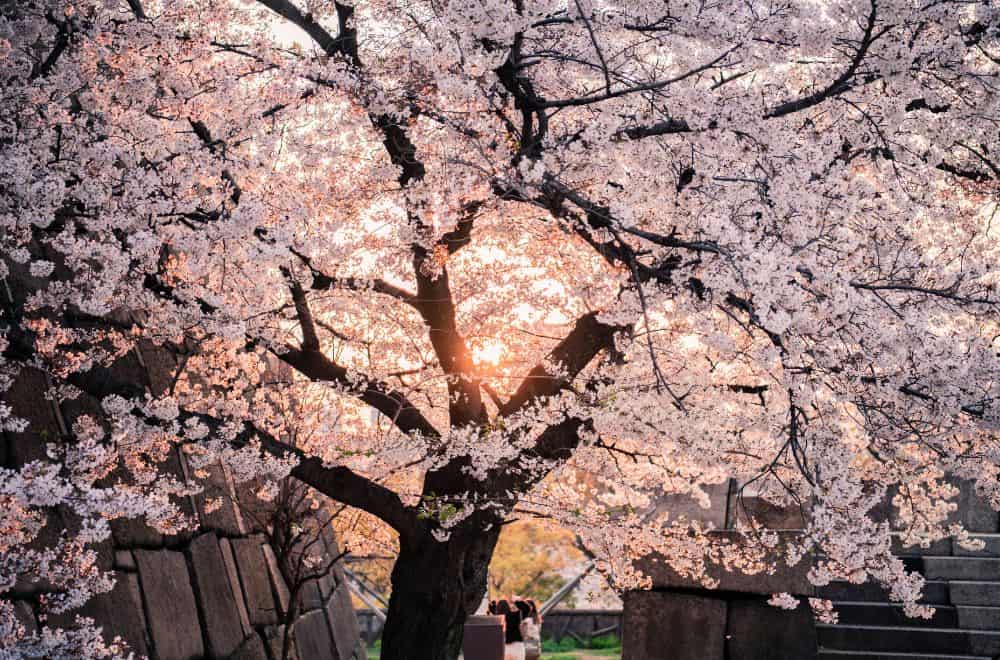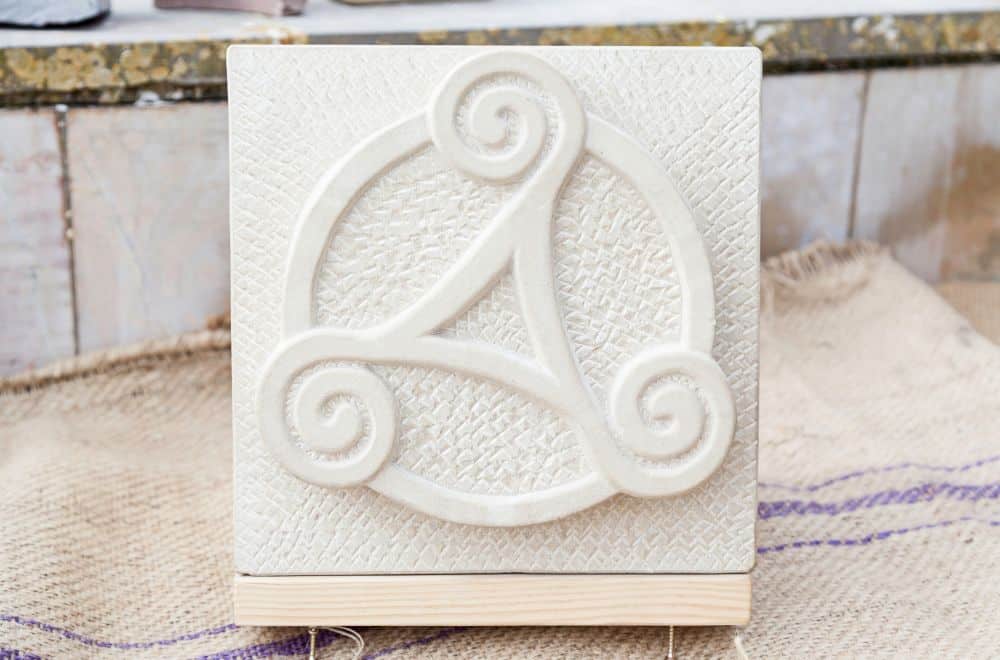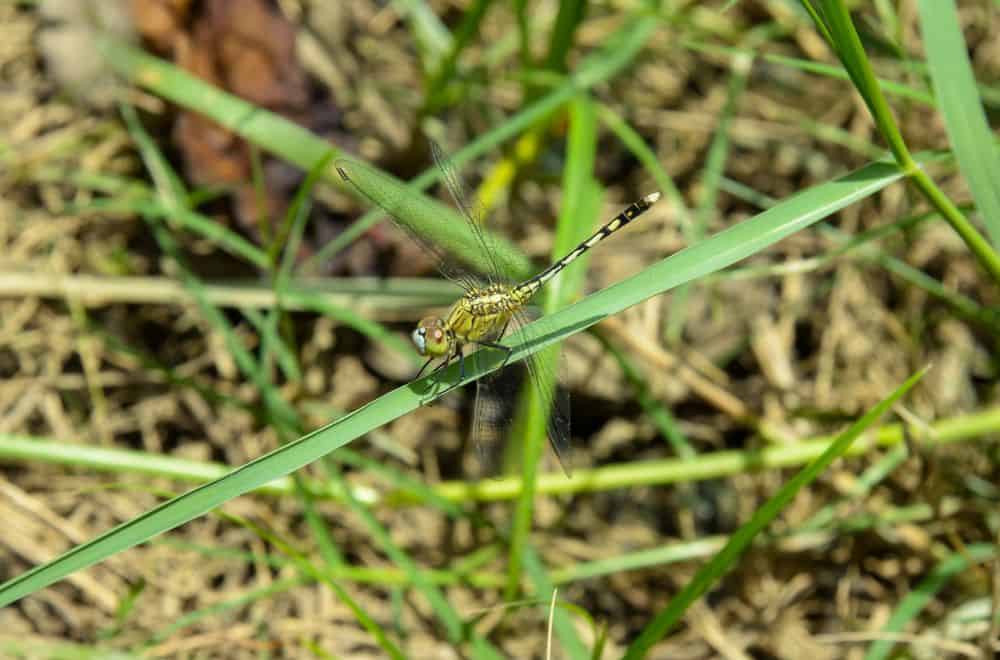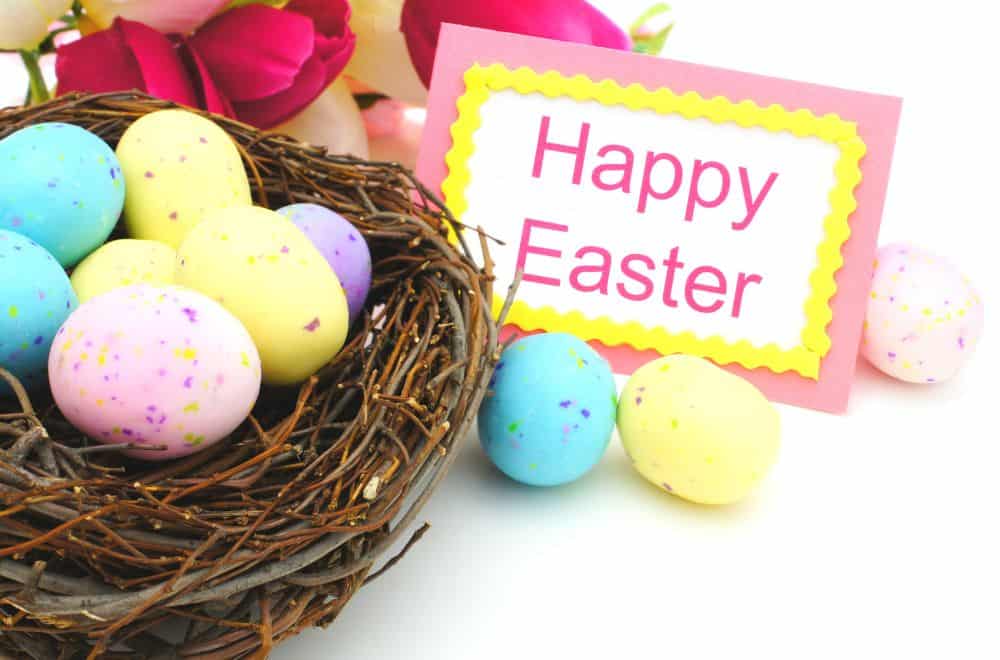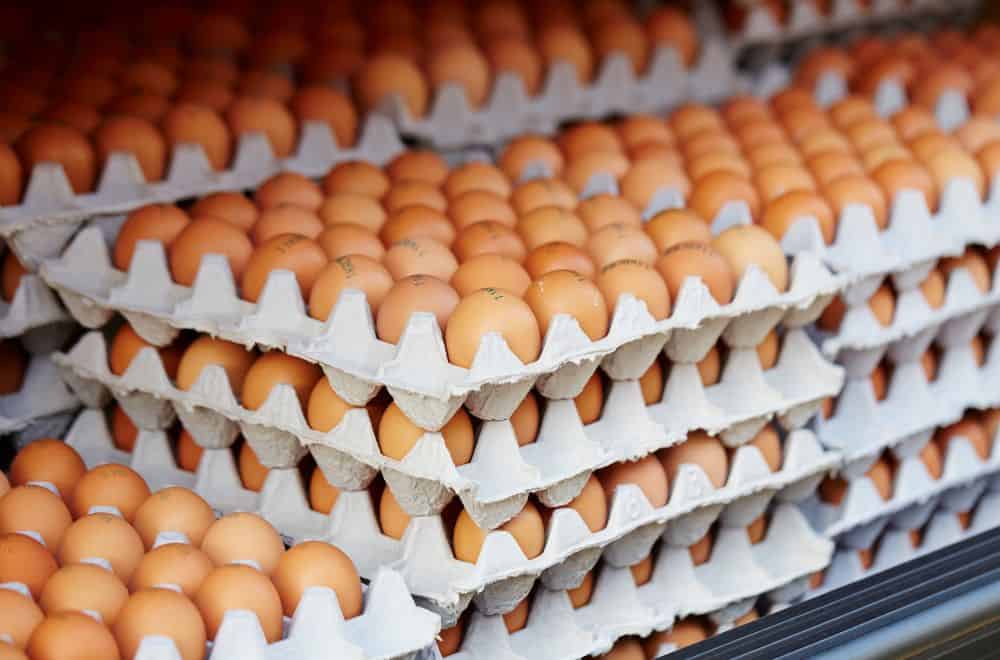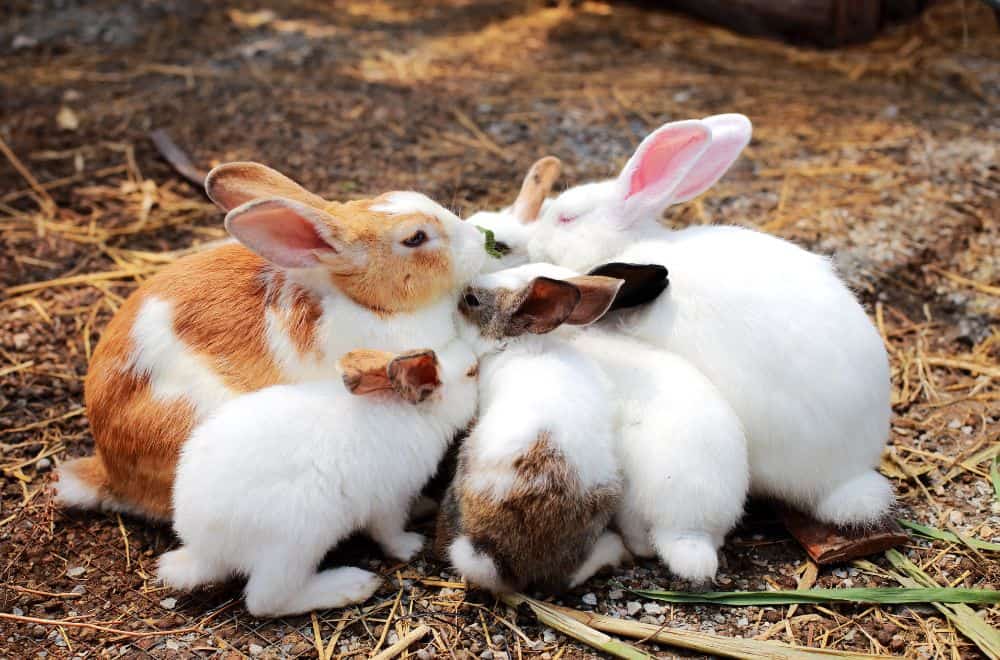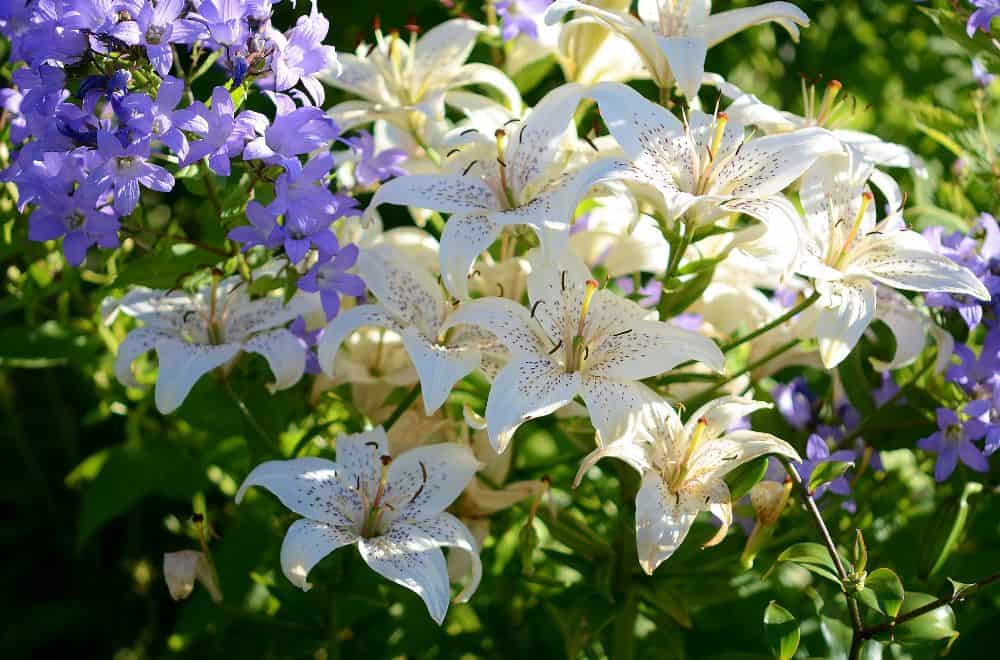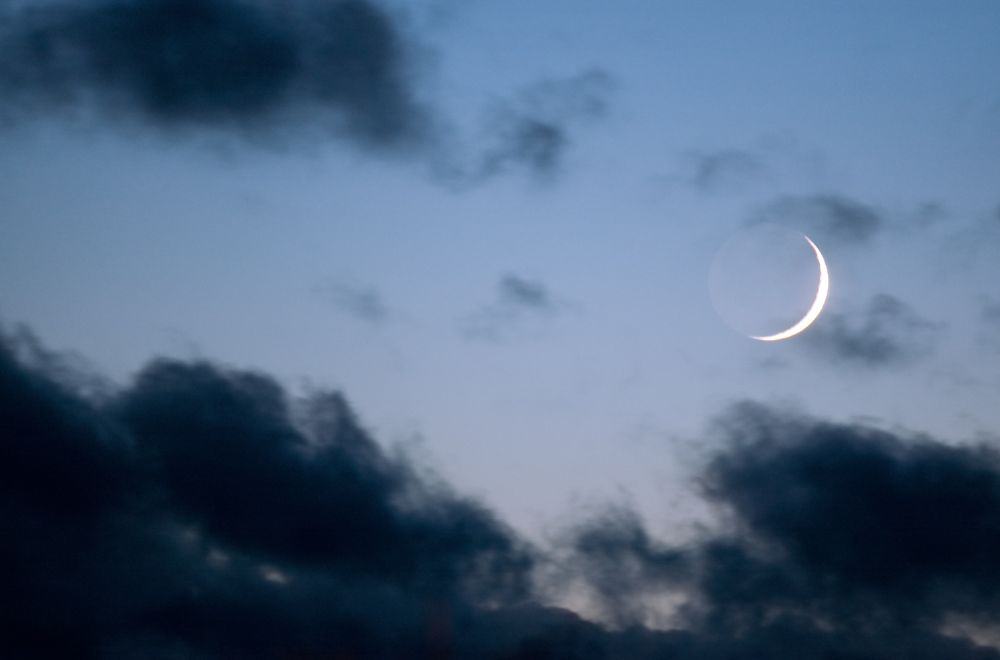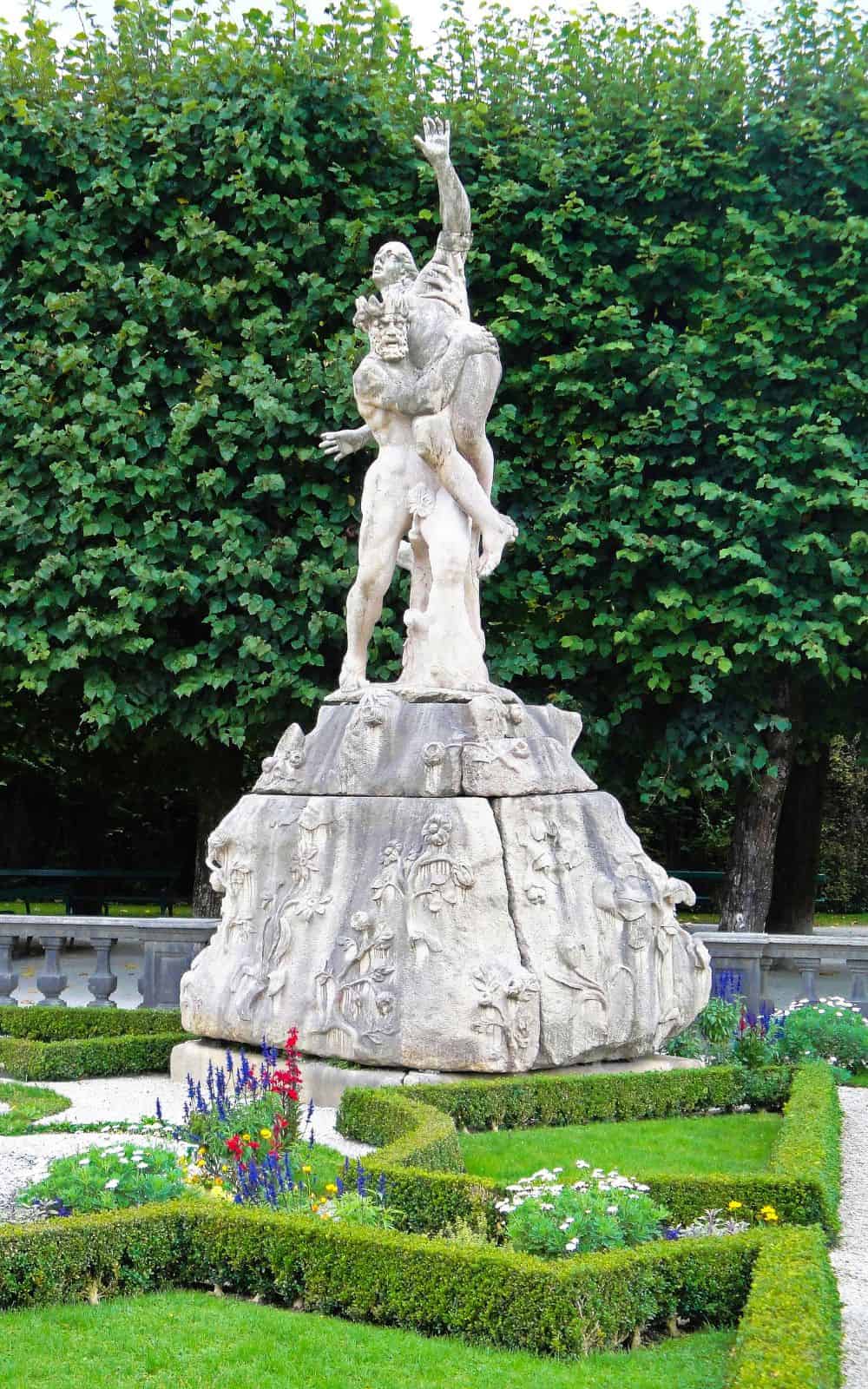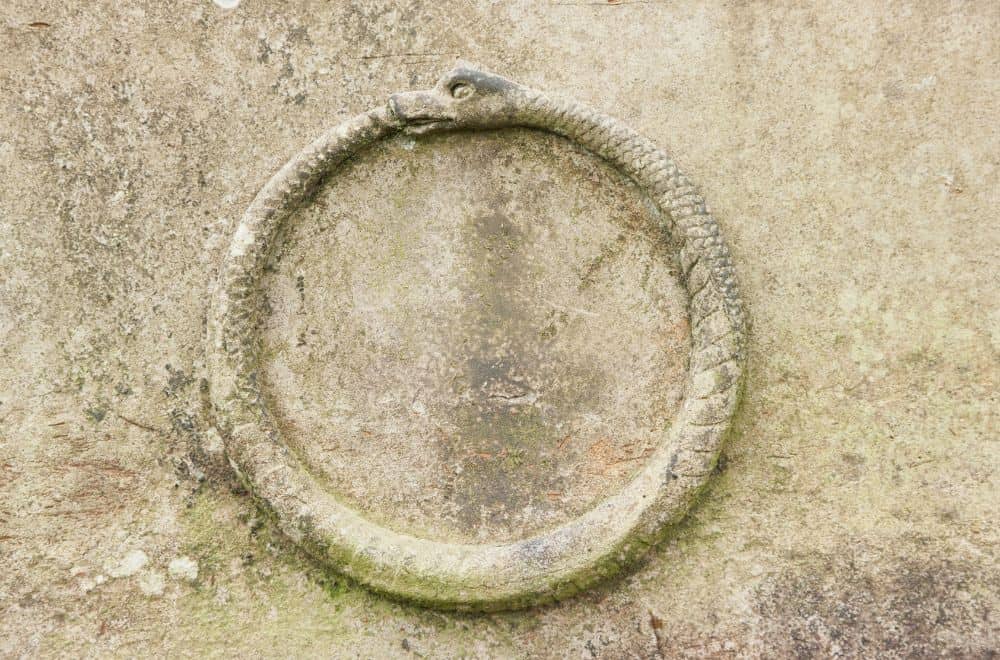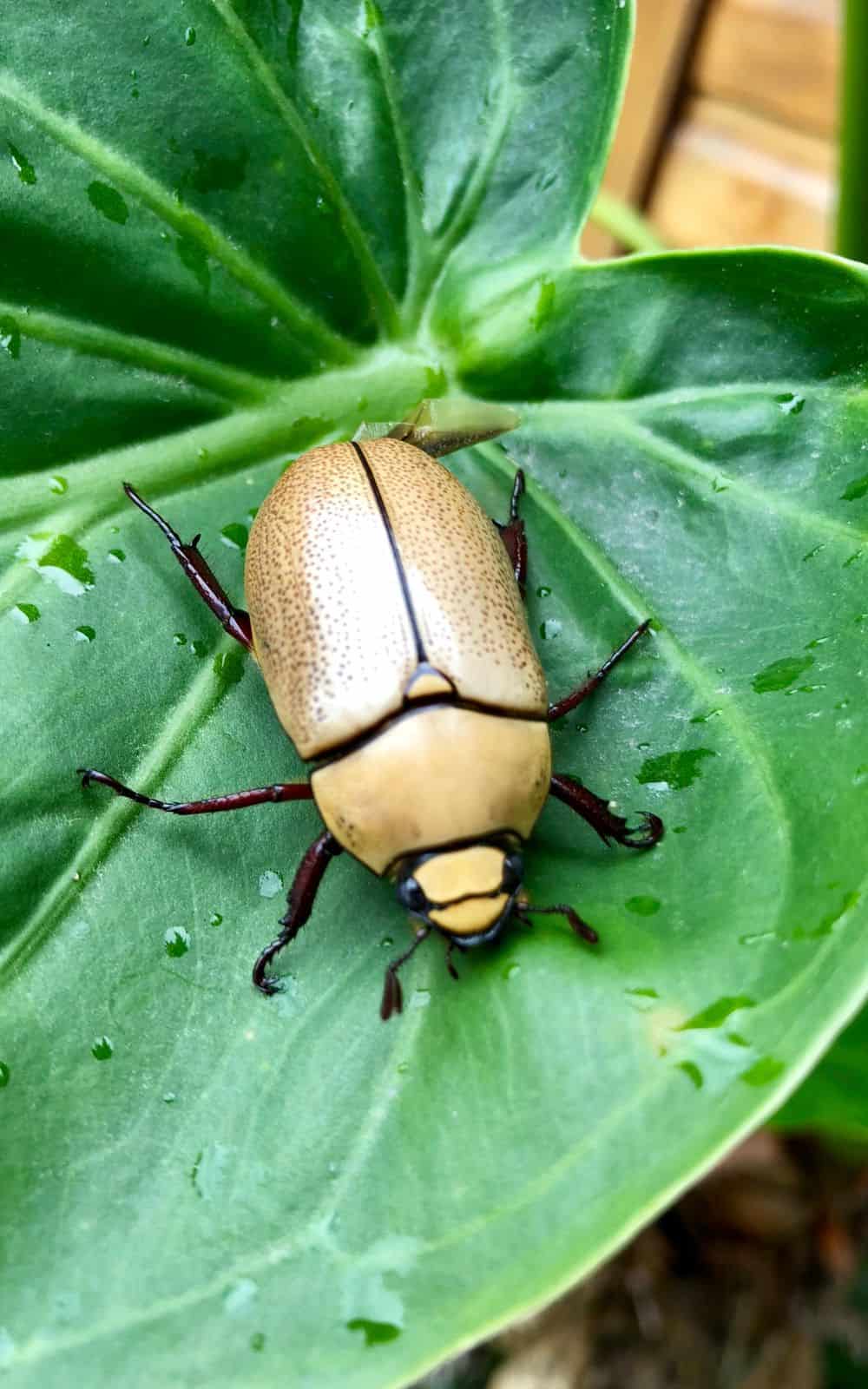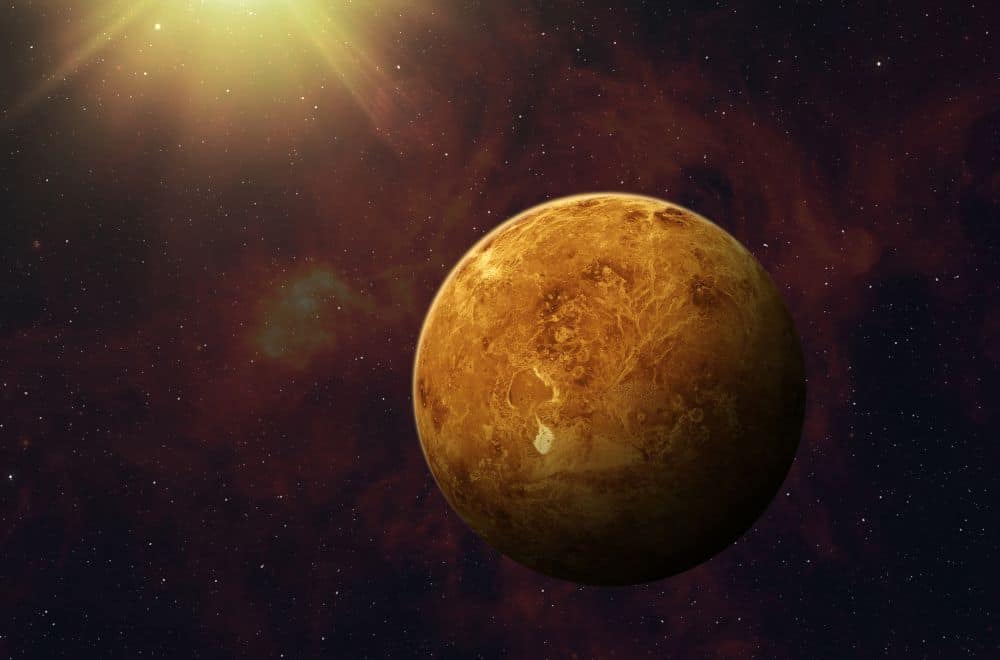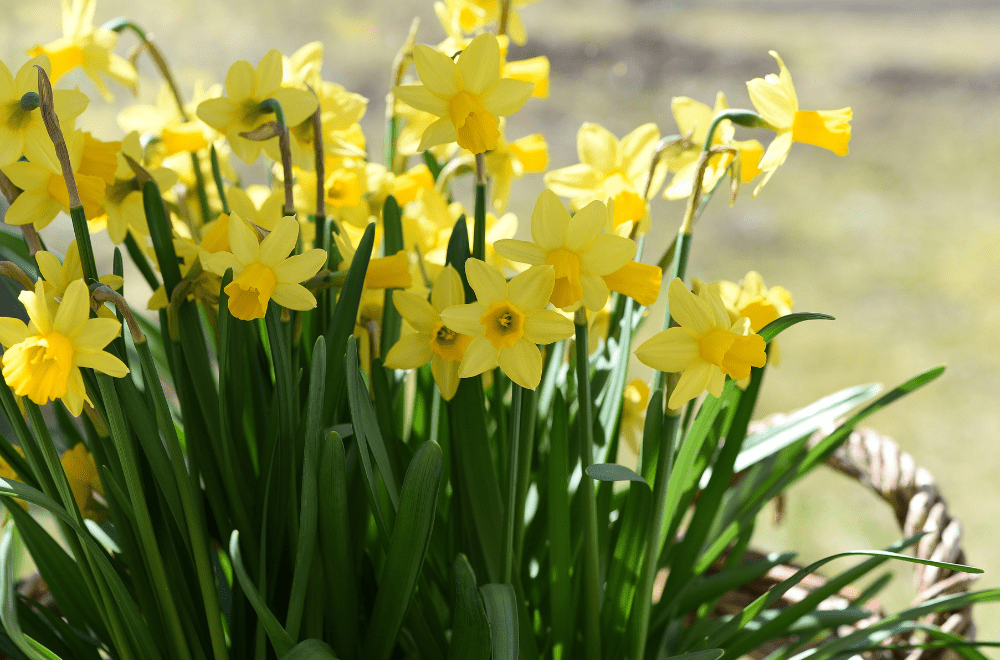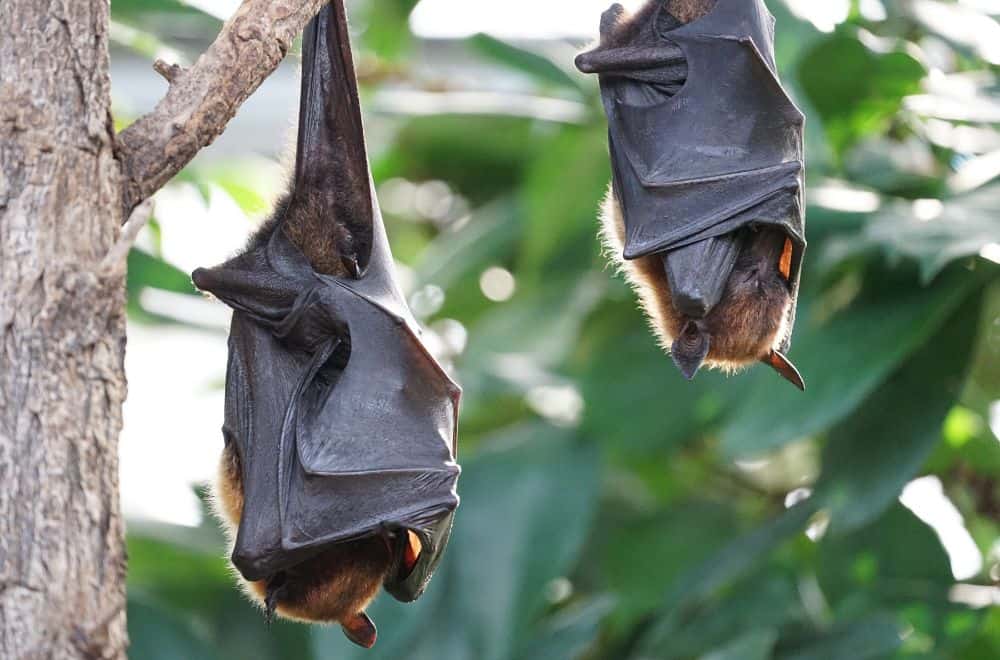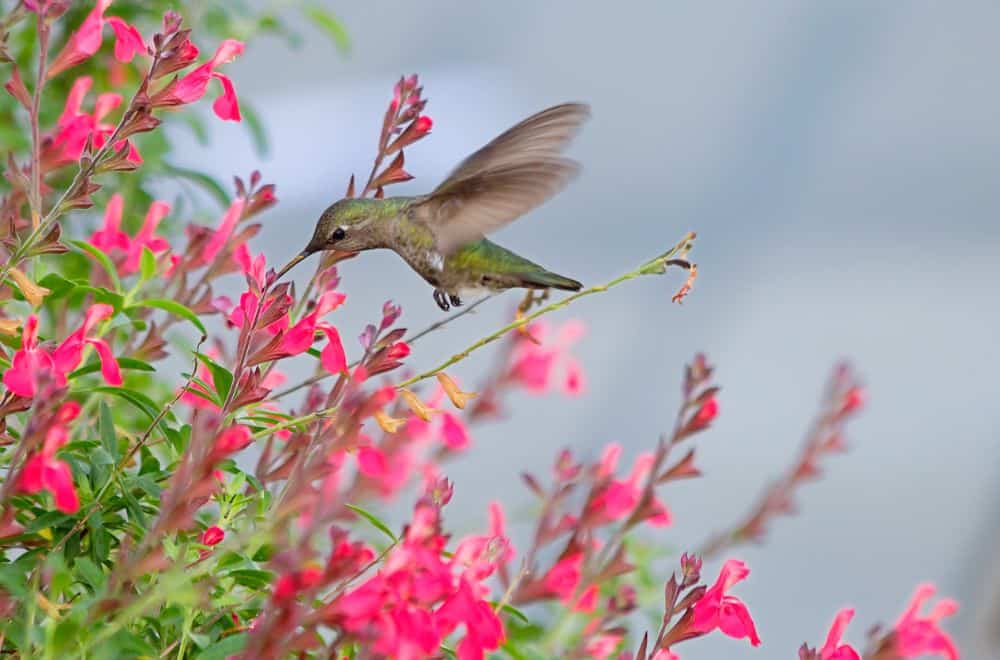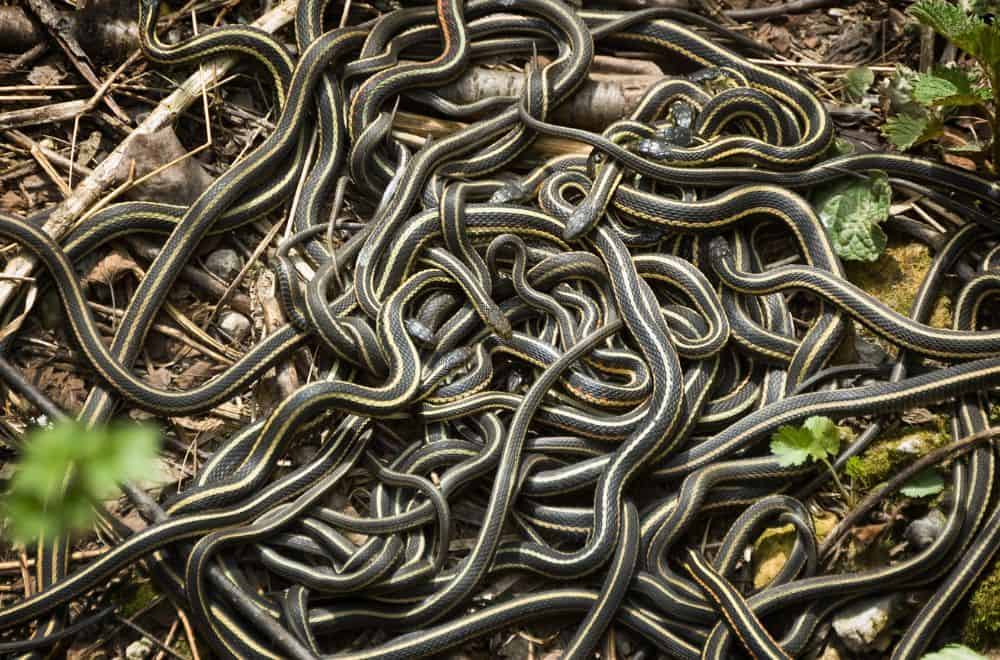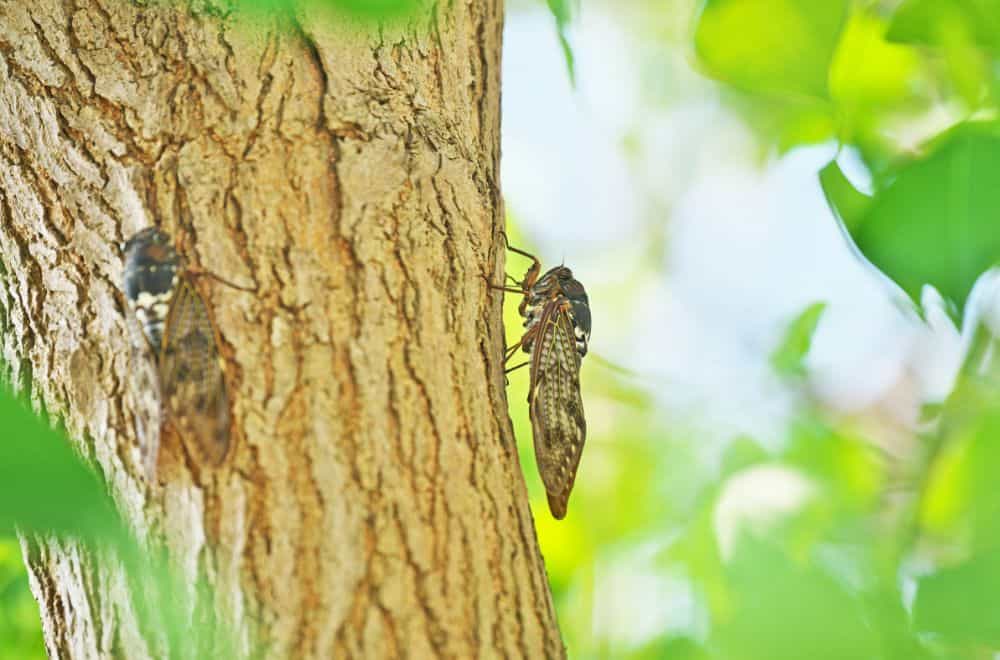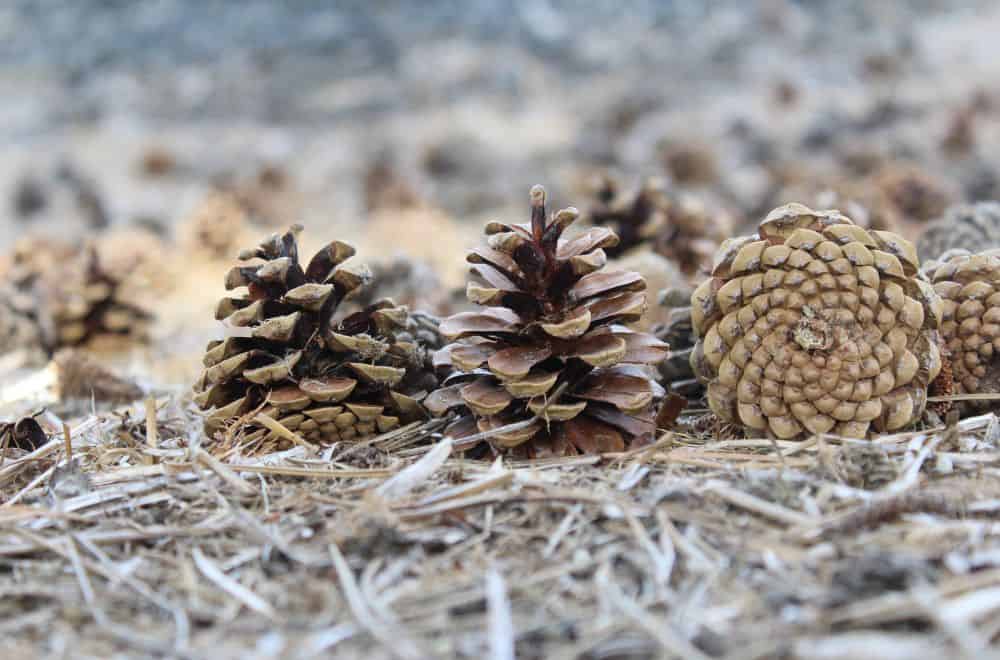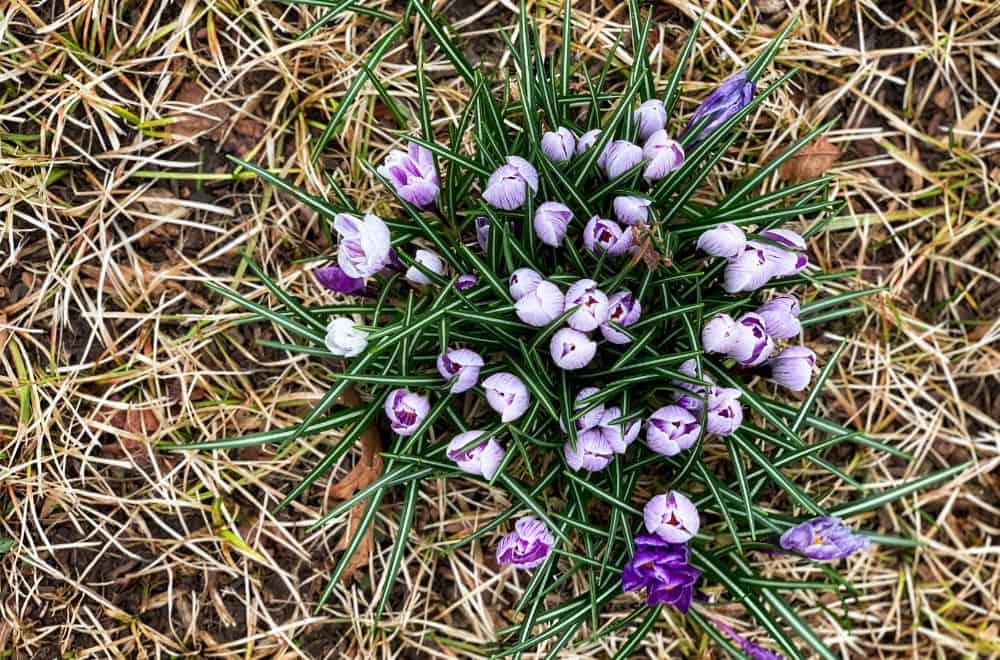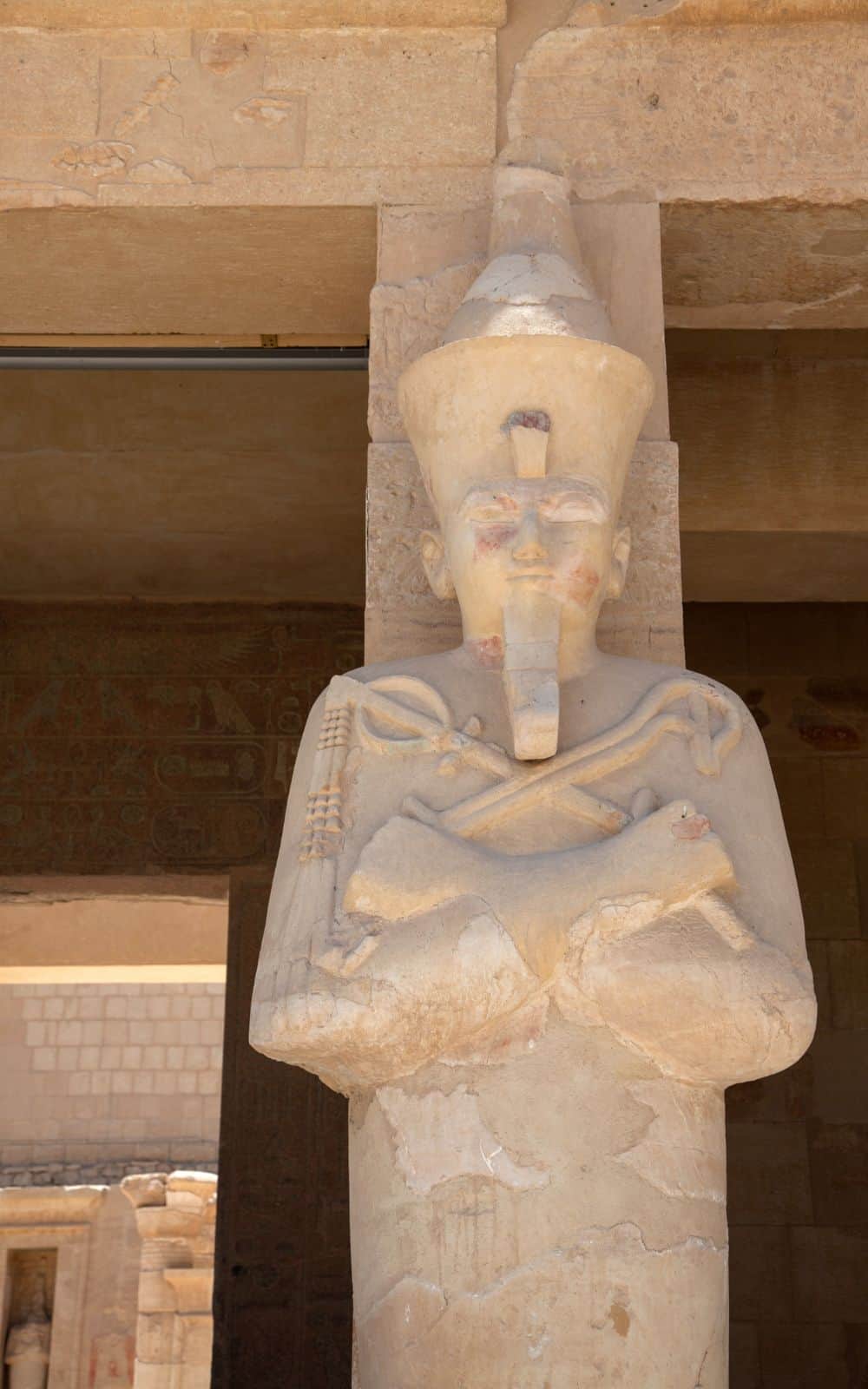Around the world in the traditions of countless cultures, the cycle of life, death and rebirth has been worshipped and commemorated as a sacred universal law.
Different cultures around the world have also sought to represent this process in various ways in their art and iconography – and to introduce some of the most common, in this post we present 27 symbols of rebirth.
Symbols of Rebirth or New Life
1. Phoenix
The phoenix is a mythical bird from Ancient Greek folklore that bursts into flames when it reaches the end of its life. However, after being consumed by the flames, a new phoenix arises from the ashes, which is why this bird is a symbol of the cycle of death and rebirth.
2. Butterfly
Butterflies start life as an egg, and from the egg, a caterpillar emerges. The caterpillar then spends all its time eating, before wrapping itself up in a cocoon, inside which it undergoes a final transformation. It then re-emerges as a beautiful butterfly and goes off in search of a mate to begin the cycle again – and so is regarded as a powerful symbol of rebirth.
3. Swallow
Swallows are migratory birds that travel from the northern hemisphere to warmer climes in the south with the arrival of winter. However, they then return each spring to build nests, lay eggs and rear their chicks, so they are associated with the beginning of spring and the season of rebirth.
4. Lotus
The lotus is an important symbol of rebirth in Buddhism. This is because the Buddha compared himself to a lotus flower rising unstained from the muddy water. It is also an important symbol in other religions such as Hinduism, Jainism, Sikhism and others.
5. The Wheel of Dharma
The Wheel of Dharma, also known as the Dharmachakra, is also a symbol of rebirth in Buddhism as well as in Hinduism and Jainism. The Wheel represents the cycle of death and rebirth, the path we must all tread on the way to eventual Enlightenment.
6. Cherry blossom
The national flower of Japan – where it is known as sakura – the cherry tree blooms spectacularly at the start of spring. They have come to represent rebirth as well as the transient nature of life and our own mortality, and the viewing and appreciation of the cherry blossoms is a major cultural event in the Japanese calendar.
7. Triskele
The Triskele is the Celtic triple spiral motif that symbolizes the sun, the afterlife and rebirth. The three spirals of the symbol also represent the nine-month duration of a pregnancy, and the fact that it is drawn as a single line symbolizes the continuity of time.
8. Dragonflies
Dragonflies, like butterflies, represent change, rebirth and the cycle of life. They start their lives in the water as nymphs before emerging from the water as beautiful adult dragonflies. Although the nymph stage can last several years, the adult stage may last only a few days, during which time they mate and lay eggs, beginning the cycle again – and then they die.
9. Easter
Easter is the Christian festival that celebrates the resurrection of Jesus after the crucifixion. However, similar pagan festivals celebrating rebirth existed for thousands of years before, and Easter represents the adoption and Christianization of these earlier festivals.
10. Eggs
As part of the pagan festivals that predated Easter, eggs were a common symbol of rebirth. It’s easy to see why since they contain baby chicks, and this imagery has been retained in modern celebrations of Easter.
11. Rabbits
Another pagan symbol of rebirth that was kept after Christians adopted and adapted pagan celebrations is rabbits. Since young rabbits are born in spring, they are seen as representing this period of rebirth and renewal.
12. Lilies
Lilies are also a Christian symbol of Easter, and as such, they symbolize rebirth. Part of the reason they are used is due to their resemblance to trumpets that the angels are said to have played to herald the birth of Jesus.
13. The new Moon
The phases of the Moon represent the never-ending cycle of life, death and rebirth – with the new Moon symbolizing rebirth. It also symbolizes change and transformation, reminding us of the cyclical character of nature.
14. Persephone
In Greek mythology, the goddess Persephone was kidnapped by Hades, the god of death, and carried off into the underworld. When her mother Demeter realized she had been taken, Demeter stopped all things growing on the Earth.
Eventually, Zeus told Hades to free her – on the condition that she had not tasted the food of the underworld. However, Hades tricked her into eating some pomegranate seeds, so she was forced to remain in the underworld for the part of the year.
During that time, nothing would grow, and this was thought to be the origin of winter. However, when she is released from the underworld, spring begins again, and so Persephone became a symbol of rebirth.
15. Ouroboros
The ouroboros is a symbol that depicts a snake devouring its own tail, and it represents, among other things, the cyclical nature of the world, with rebirth forever following death. It is first known from Ancient Egyptian contexts and passed from there to Greece and then the wider Western world.
16. Bears
Each year, bears spend the months before winter fattening up, allowing them to hibernate through the coldest part of the year. Then, with the arrival of spring, they reawaken – seemingly from the dead – for which reason they are often seen as symbols of rebirth.
17. Scarab beetle
In Ancient Egypt, scarab beetles were revered as symbols of rebirth. Their habit of rolling balls of dung reminded people of the sun god Ra, who caused the sun to travel across the sky every day. The beetles also lay their eggs in the balls of dung so their young have food to eat as soon as they hatch, another reason these beetles represent rebirth.
18. Lamat
Lamat is the eighth of the twenty days in the Mayan calendar, the day associated with the planet Venus. According to Mayan beliefs, Venus was associated with rebirth as well as fertility, abundance, transformation and self-love.
19. Daffodil
The daffodil is a traditional flower of spring. Its distinctive bright white or yellow colors announce the start of the new season, brightening people’s moods and making them another welcome symbol of spring and rebirth.
20. Bats
Many bats live in deep underground caves where they sleep all day, but each night when they emerge to feed, it is as though they are reborn, which can be seen as symbolizing rebirth from the depths of Mother Earth.
21. Hummingbirds
In Central America where hummingbirds are common, they are seen as a symbol of rebirth. This is because it was believed they were born from flowers, and each spring, they would appear again to thank the flower that gave birth to them.
22. Snakes
Snakes regularly outgrow their skins, after which, they molt. Having molted, they leave behind their old skin, seemingly reborn in a new one, which makes them a symbol of rebirth and regeneration.
23. Cicadas
Cicadas are fascinating creatures and powerful symbols of rebirth and transformation due to their unique lifecycle. Cicada nymphs live underground for up to 17 years before all emerging all at the same time, born again as adult cicadas. Interestingly, many species hatch after 11, 13 or 17 years. These are all prime numbers, and it is thought this adaptation makes it more difficult for predators to follow the pattern and lie in wait for them when they emerge.
24. Pinecones
Pinecones hold the seeds that sprout into new pine trees, helping to continue the cycle of life. This is why they have become a symbol of fertility as well as rebirth.
25. Spring equinox
The spring equinox marks the beginning of astronomical spring and has long been celebrated by many cultures as the end of winter and the onset of warmer weather. This is the time when plants begin to sprout and many animals give birth to their young, making it a powerful symbol of rebirth and better times to come.
26. The Tree of Life
The Tree of Life is a common symbol of the cycle of life, death and rebirth that is found in many cultures. Many trees go through a cycle of growth, losing their leaves and then hibernation before being “reborn” the following year in spring – so they can be seen to exemplify the eternal cycle of life.
27. Osiris
Osiris was the Egyptian god of death and the afterlife, but he was also a fertility god too since he was responsible for the annual flooding of the Nile. The flooding brought with it valuable nutrients to the land, and in years when the flood failed, people went hungry. However, when the flood was good, the people rejoiced, which saw Osiris being associated with rebirth each year as the land became fertile once again.
A recurring theme around the world
Death and rebirth are constant themes that have been depicted in many ways and this cycle is also revered in many cultures, which is no wonder since we have always been so dependent on the cycles of nature.
For this reason, these symbols of rebirth can still serve to remind us that we are a part of nature and that we need to look after the natural world rather than try to control it since without nature, we are nothing.

